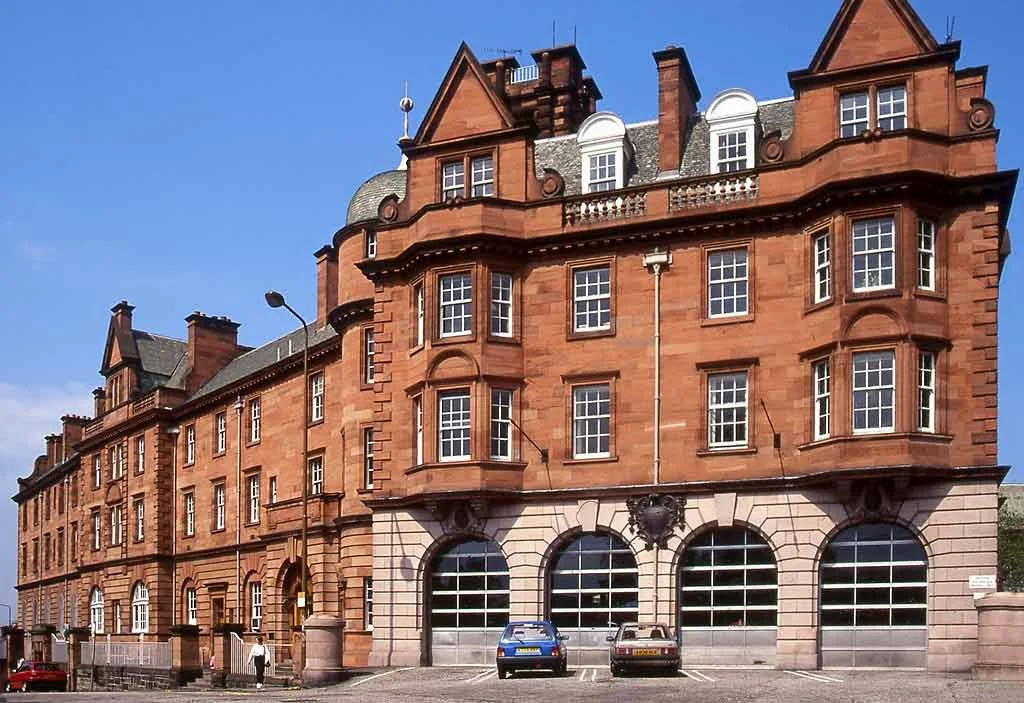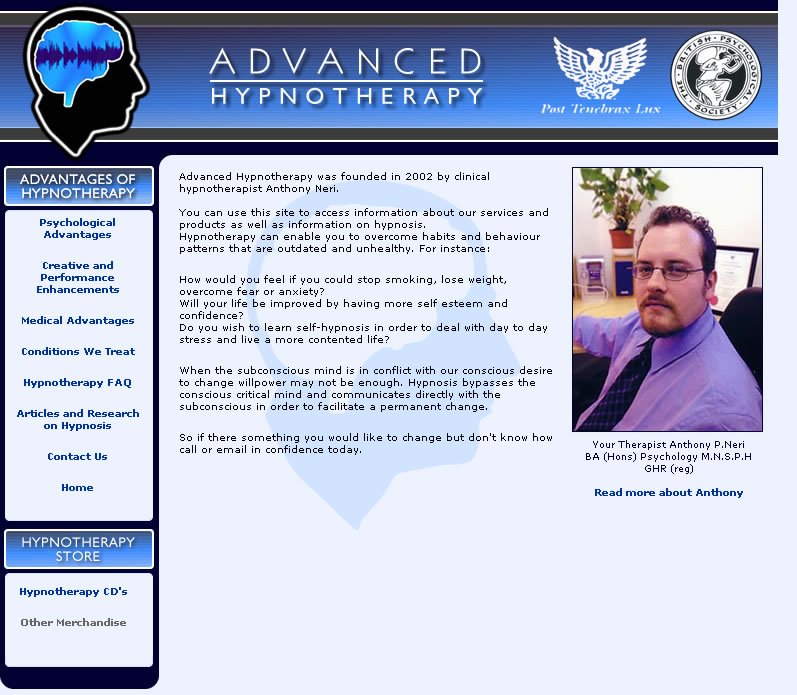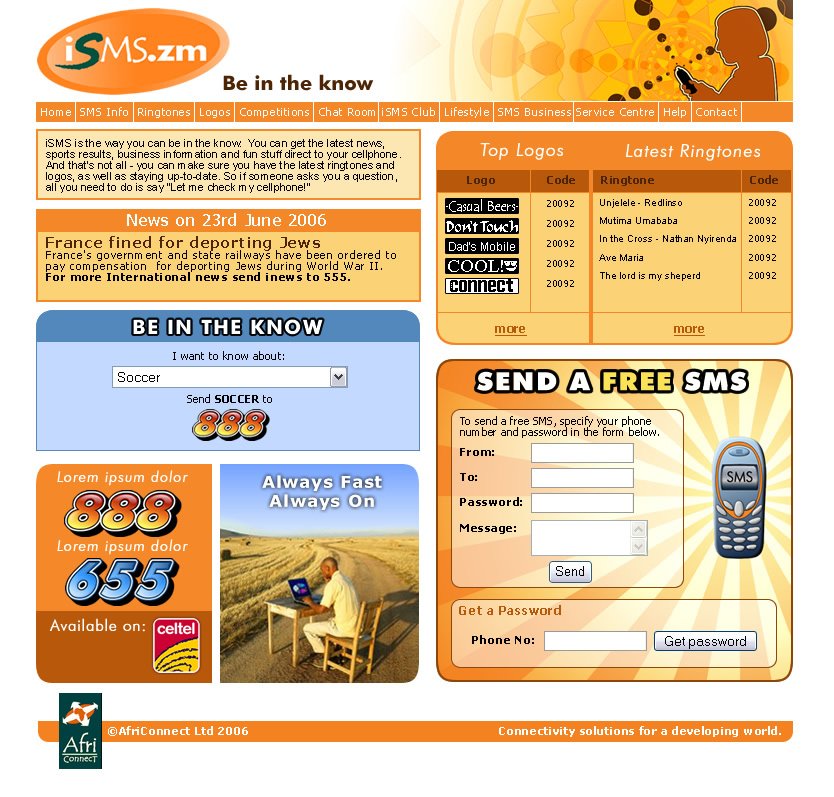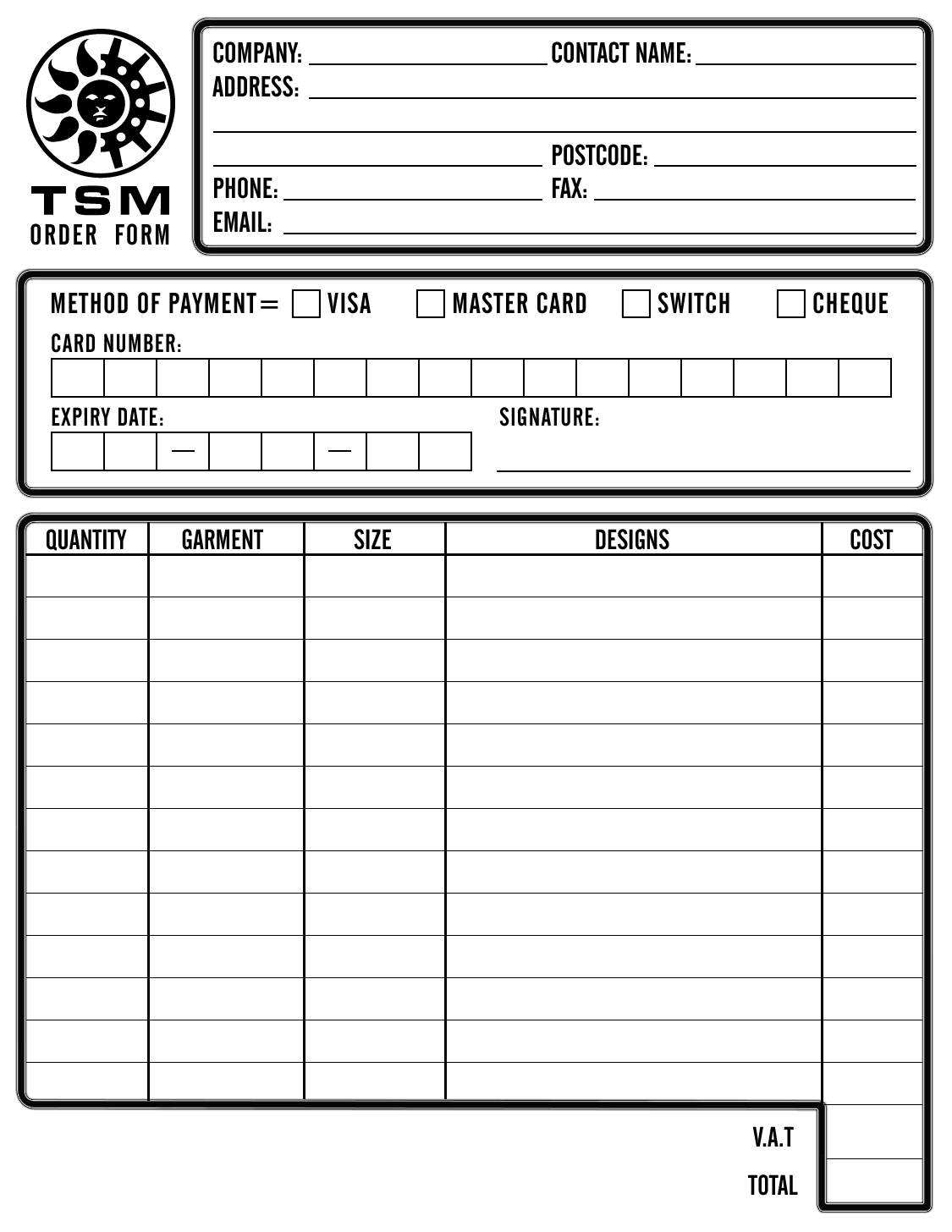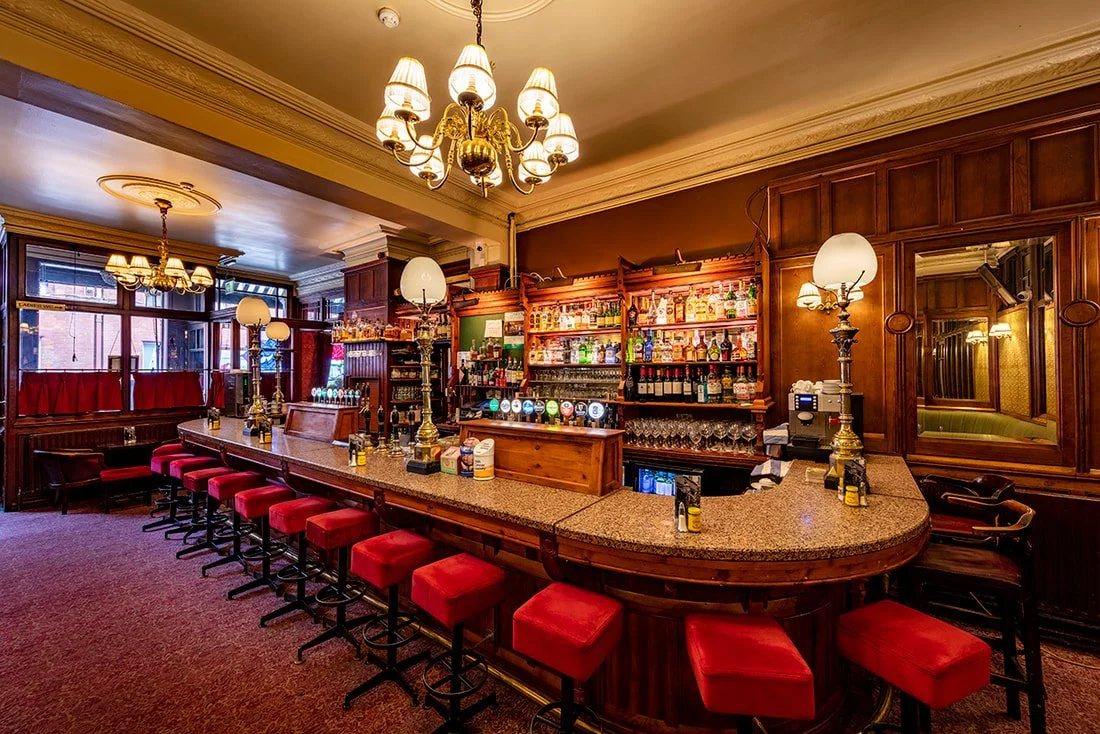I have always been a diligent archivist, careful to keep track of everything I’ve created or worked on. My attic is crammed with sketchbooks, post-its and folded flipcharts, and my numerous hard drives are packed with information on every project I’ve worked on for over 23 years (over 400 in total). This page is an attempt to make sense of all of this information, and craft some sort of narrative around my professional journey, of the things I’ve made, the challenges I’ve faced, and the people I’ve met along the way. I’ve tried to avoid auto-hagiography and in this spirit have started with the dreary jobs I had as a teen and the ludicrous “startups” I attempted to launch in the wild-west days of the early web (should this be surplus to requirements, you can skip to Early Career). I want to keep it dignified, but also informal and honest.
My First Digital Design
1990
As luck would have it, my very first piece of digital design work was caught on camcorder back on boxing day 1990. After receiving an Amiga 500 for Christmas, I immediately set about using Deluxe Paint 2 to create an eyeball accompanied with the words “Thorax 2:Wrath of the Bluebottle” in chrome lettering. To make sense of this nonsense, you can take a detour to my childhood hobby of making cinematic posters for the games I played with my toys.
Frank’s Food’n Booze
General Assistant (1995)
Easter Road, mid 1990s
A daydreaming youth, in my final years of school my parents were keen I had a taste of the real world and signed me up to work in a local convenience store. It had been a family-owned business since the Edwardian era as “Drybroughs”, but had recently rebranded as “Frank’s Food’n Booze”. Responsibilities included stacking shelves, mopping floors, and stock counting. It was a miserable experience of course, scraping up all of the ground-in animal remains from floor of the meat counter and heaving about crates of Hooper’s Hooch, but it had its intended purpose of exposing me to the reality of running a small business.
Marks & Spencer
Bag Packer / Operations (1996)
Marks & Spencer on Princes’ Street, Edinburgh, mid 90s
After a brief stint as a bag-packing assistant (my claim to fame that I packed the shopping of future London mayor Ken Livingstone), I worked for about a year in “Operations”. This involved moving crates of goods around behind the scenes and more paperwork that was really necessary. I have few memories of this job, looking back, but one of them was suggesting how to improve the reordering workflows using [any sort of software], and the other was that my supervisor was a pointillist painter and had one gigantic muscular arm like a Tennis player.
The Temple of Hate
Webmaster (1998)
As soon as my parents bought a PC and signed up to Compuserve, the information superhighway thundered into our homes. For me this was a schizophrenic world of charmingly naive chatrooms and rotten.com.
One of the hubs of the early internet was Geocities, and it wasn’t long before I launched my own site. The convergence of attention-seeking identity formation of early adulthood with a means to reach a global audience is, as we know today, a noxious cocktail. My generation is fortunate that so much of our formative years on the early internet have been largely lost to time, as this website “The Temple of Hate” was crammed with cringe-inducing attempts at edgy and/or zany humour. It did however represent my early forays into UI design and HTML. With, it is fair to say, mixed results.
Time Computers
Computer Salesman (1998-2001)
Before you can have a dot-com boom, you need to have a computer boom. And in 1998 I was part of the gold rush as a computer salesman at Time. For a chronic introvert, this was something of a torture, but I soon learned how to hone my interpersonal skills in the service of evil.
While selling computers was welcome, what we were really interested in selling was “Cover Gold”, an eye-wateringly expensive insurance package that amounted to a glorified phone-number and pure profit for the company. I sold over a quarter of a million pounds worth of computers.
2Talented.com
“Founder and Global Creative Director” (2000)
Do the muses not sing to you?
With friends from Time Computers, we schemed to make our millions in the dot-com boom, and our big idea was to have a space online where people could sign up and share their art. What was the business plan? What was the growth strategy? It is not clear now and was probably not clear then, but it was something to do with selling ads - but they were different times and DeviantArt launched six months after we began the project. The design was a big downgrade from the comparatively avant-garde Temple of Hate, and the code shambolic, as was the vogue.
Although I didn’t know the terminology at the time, it was also my first big “information architecture” problem; how to structure a hierarchy of different artistic genres? Our solution to the problem was haphazard, bewildering and amateurish. But we didn’t let our abundant shortcomings get in the way of further ambitions.
We dreamed of expanding it far beyond just artists. What if we made it into a place where anyone could promote their skills, like some kind of online CV where recruiters could go to look for talent? We pitched the idea to a PHP developer in search of help with coding, but he lamented that for the idea to work, we’d need to change how the entire recruitment industry worked. Deflated, and not exactly surrounded by support or venture capital we eventually admitted defeat.
Mengodz.com
Webmaster / Bronze God (2000)
Bronze, Gold, Jamaican and Silver godz.
Mengodz was an inside joke that got way out of hand. We thought the idea of us forming a boyband to be so hilarious that with the help of Alasdair Robertson (trumpeter with avant-garde “Remedial free-noise improvisation / spontaneous composition unit” Giant Tank) we conducted a series of gigs in various Edinburgh dive bars. The performances involved singing over the top of R Kelly songs and various 80s hair rock anthems. Design-wise, this was mostly a matter of written content and “branding”. Table-based layouts FTW.







